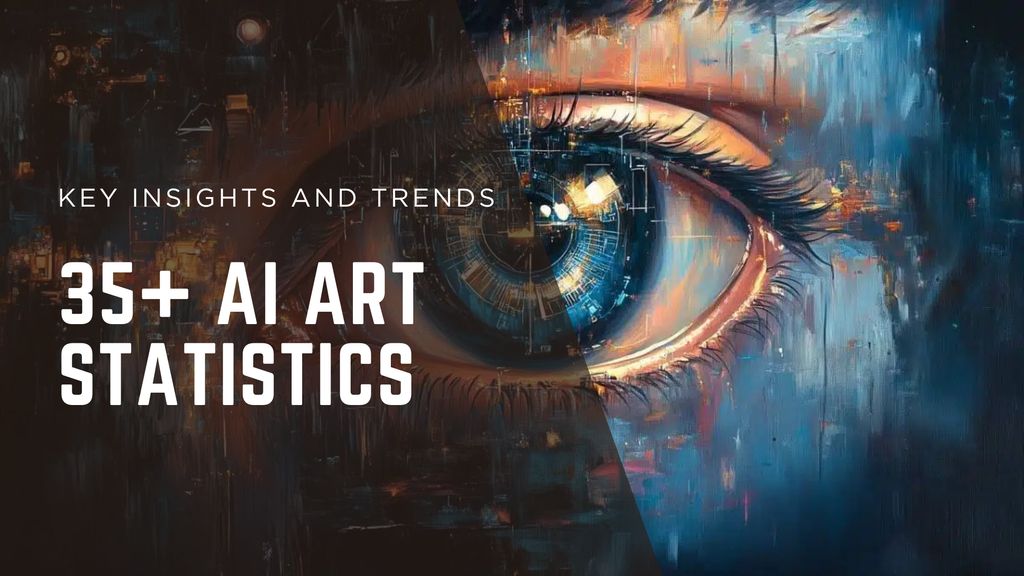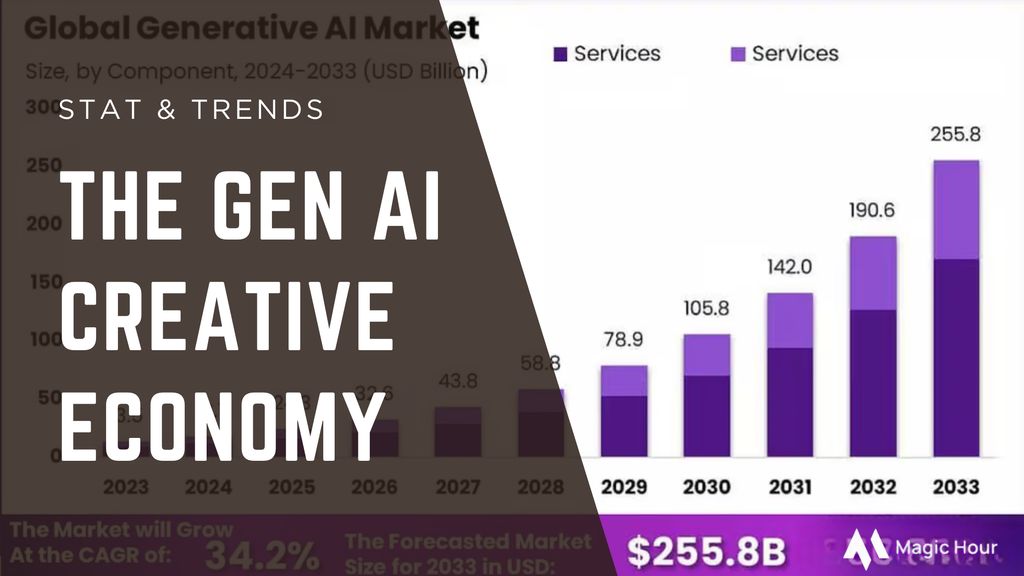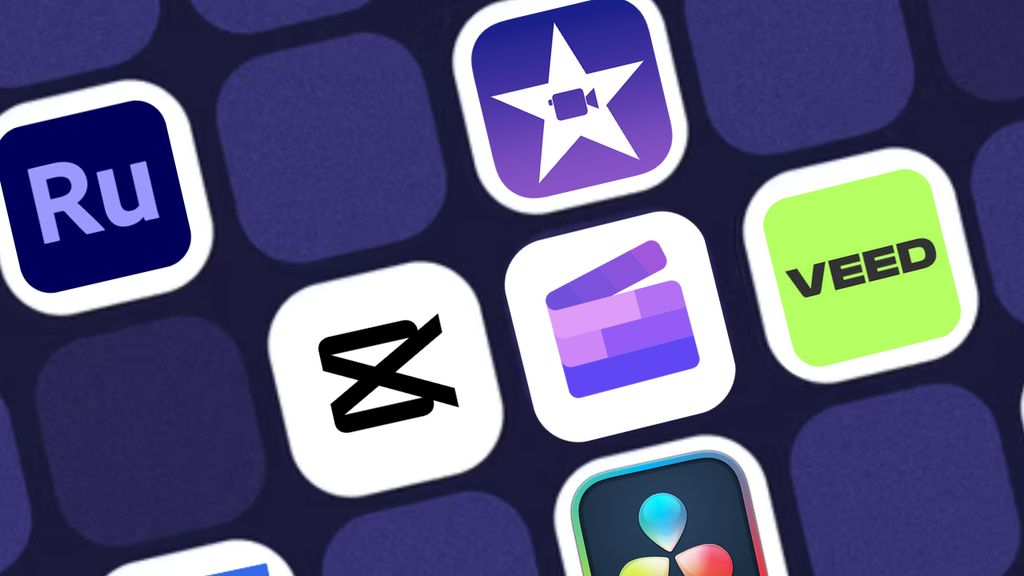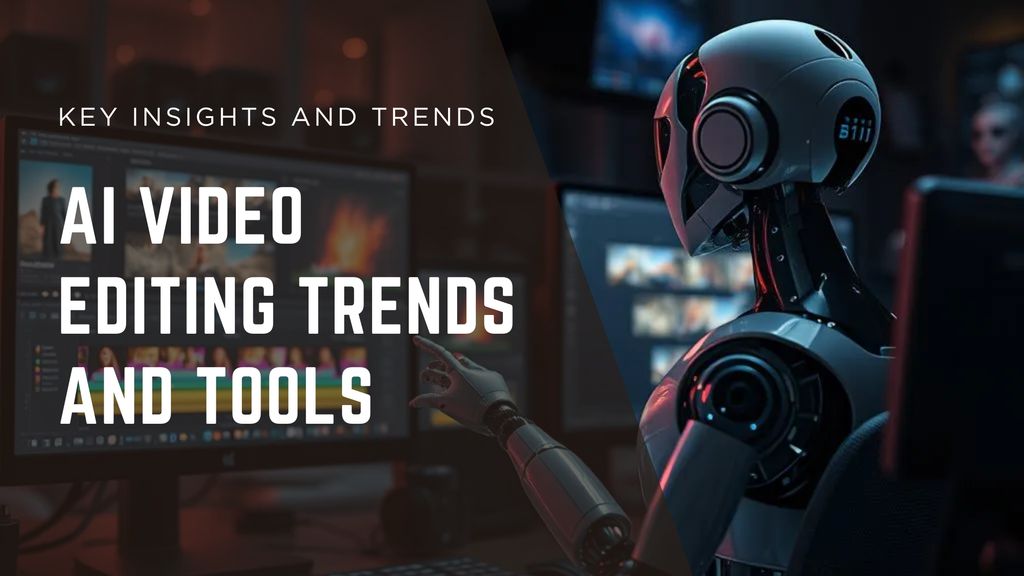
AI video editing has moved far beyond simple automation. From real-time video translation to hyper-personalized marketing videos, AI is redefining how creators, brands, and businesses produce content.
Video creation is now faster, cheaper, and more personalized. But with these breakthroughs come challenges: authenticity, data privacy, and the ethical use of digital avatars.
This guide will break down the top AI video editing trends, the most effective tools, and how marketers and creators can stay ahead.
At a Glance: AI Video Trends & Tools
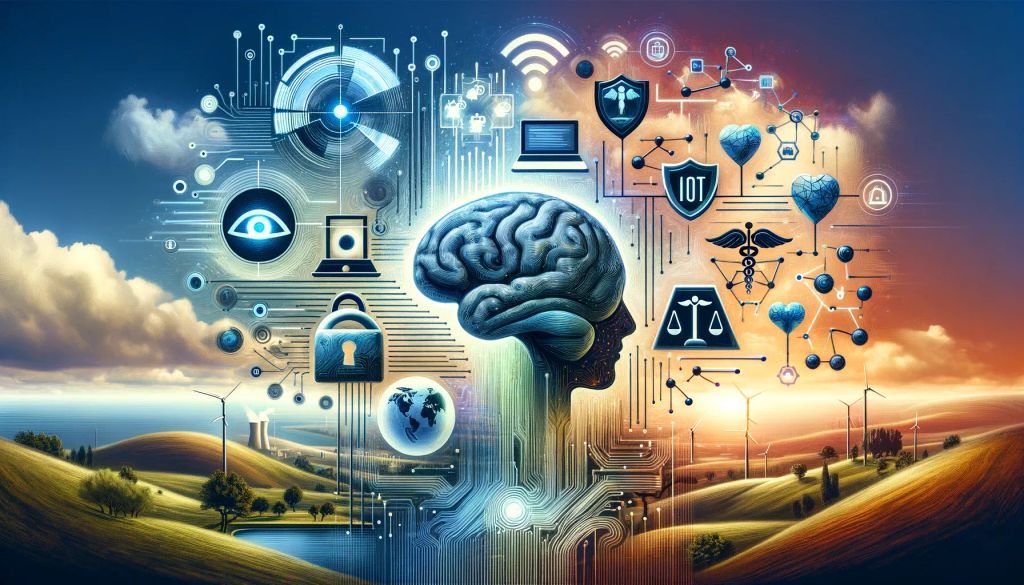
Tool / Trend | Main Use Case | Modalities | Platforms | Free Plan |
Convert scripts into full videos instantly | Text → Video | Web, Desktop | Some offer trials | |
Create virtual presenters for marketing, training, and media | Video, Speech | Web, Mobile | Yes (watermarked) | |
Personalized Video at Scale | Generate dynamic ads and messages based on user data | Data → Video | Cloud SaaS | Limited |
Automated Editing & Post-Production | Streamline cutting, effects, and color correction | Video | Web, Pro Software | Limited |
Real-Time Editing & Translation | Enable multilingual live streaming and instant dubbing | Video + Audio | Web, API | Rare |
Key AI Video Editing Trends
1. Text-to-Video Generation
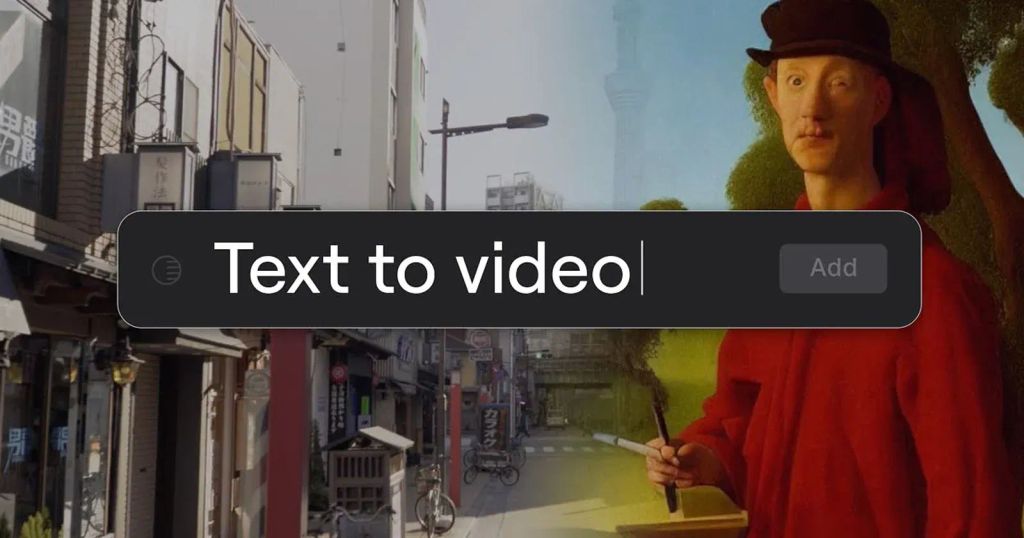
Text-to-video generation remains the biggest revolution in video creation. With just a written prompt or marketing script, creators can generate fully edited video clips complete with motion graphics, AI narration, and even synthetic actors.
What’s Driving It:
- Transformer-based multimodal models capable of linking language and visual cues
- AI-powered storyboarding and scene composition
- Cloud rendering pipelines that generate 4K video in minutes
Advantages:
- Rapid turnaround for marketing, explainer, or educational content
- Minimal technical barrier - no camera or editing experience needed
- Great for A/B testing creative concepts
Limitations:
- Restricted control over shot composition and pacing
- Visual fidelity varies across tools (especially with human subjects)
Example Use:
Agencies now create hundreds of short social ads using tools like Pika Labs or Synthesia, iterating multiple language versions overnight.
2. AI-Generated Avatars and Digital Humans
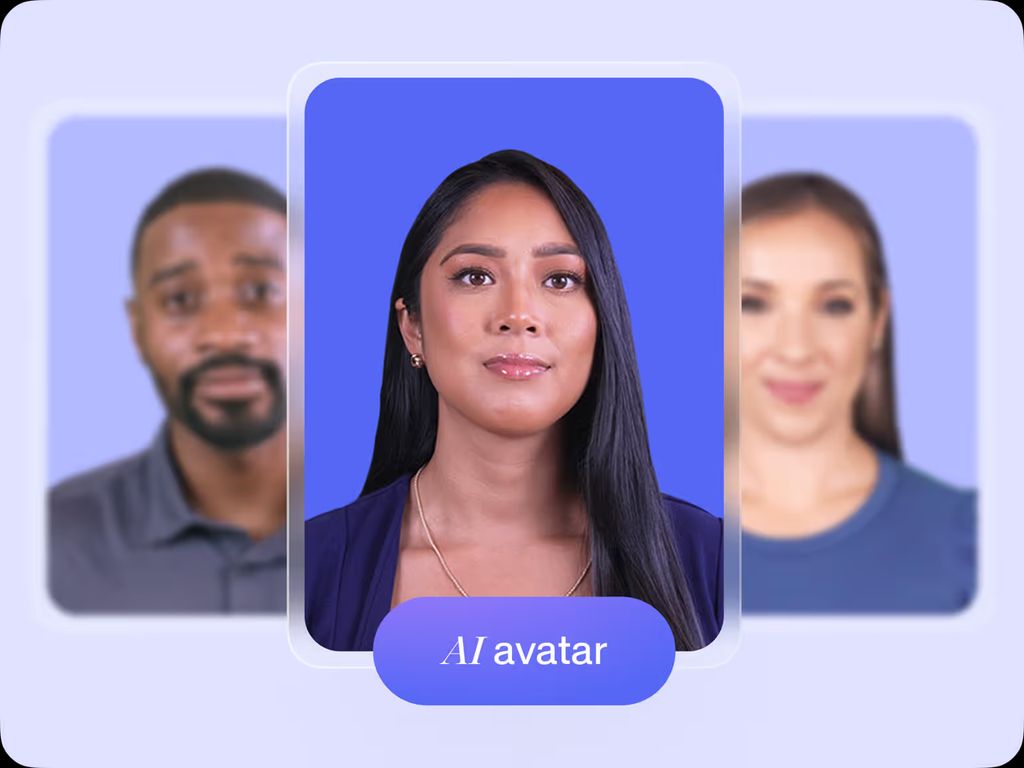
AI avatars are redefining brand communication. These photorealistic digital presenters can deliver training, customer service messages, or advertisements in multiple languages, 24/7, without fatigue or scheduling conflicts.
How It Works:
Avatars are built using facial motion capture, voice cloning, and generative animation. Some systems like HeyGen or DeepBrain combine lip-sync accuracy with natural body gestures for more believable performances.
Advantages:
- Consistent tone and presence across global markets
- Cost-effective compared to hiring actors
- Ideal for corporate communication and localized campaigns
Limitations:
- Can trigger “uncanny valley” discomfort if realism is off
- Raises ethical questions about disclosure and deepfake misuse
Example Use:
A global e-learning company uses AI avatars to deliver personalized lessons in over 20 languages, achieving 10x faster localization while maintaining instructor consistency.
3. Personalized Video Content at Scale
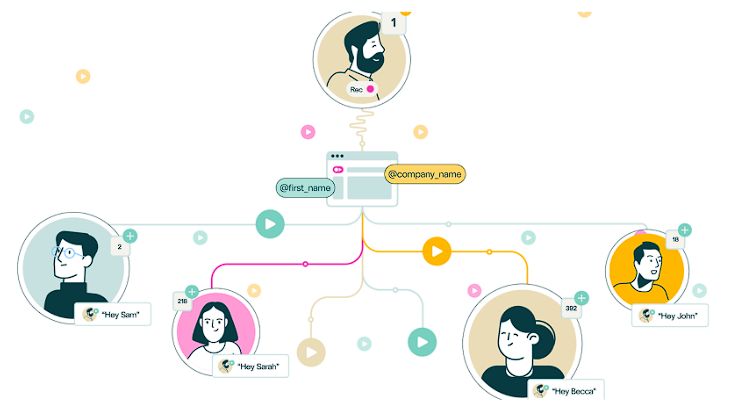
Personalization is the biggest performance booster in digital marketing, and AI now enables this at scale. AI systems dynamically adjust names, product recommendations, voiceovers, and backgrounds to match each viewer’s profile or purchase history.
How It Works:
- AI analyzes CRM data and user behavior
- Videos are rendered automatically with individualized variables
- Integration with email and ad platforms ensures delivery at scale
Advantages:
- Dramatic increase in engagement and conversion rates
- Seamless integration with existing marketing stacks
- Proven ROI in e-commerce and SaaS campaigns
Limitations:
- Requires clean, compliant customer data
- Over-personalization can feel intrusive if done poorly
Example Use:
A fashion retailer sends 10,000 custom promo videos daily, each showing outfits tailored to the user’s browsing history - boosting conversion by 32%.
4. AI-Enhanced Automated Video Editing
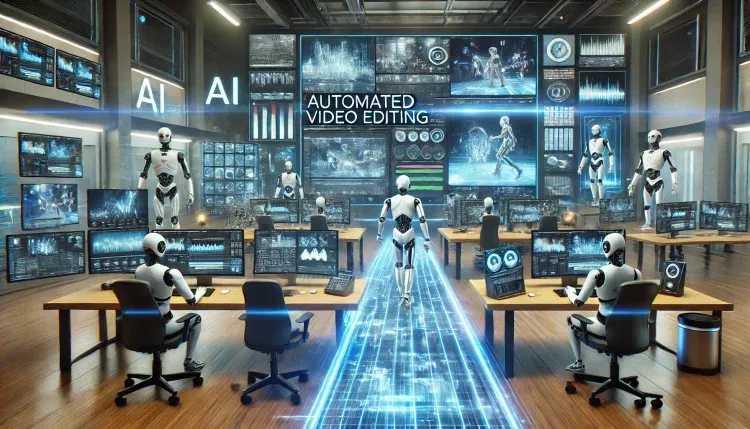
Traditional editing is one of the most time-consuming parts of video production. AI automates these repetitive tasks - cutting clips, syncing dialogue, stabilizing footage, balancing audio, and applying cinematic filters automatically.
Capabilities:
- Scene recognition and shot matching
- Auto color grading based on film LUTs
- Context-aware trimming and transitions
Advantages:
- Massive time savings for editors and agencies
- Accessible to non-professionals using drag-and-drop interfaces
- Integrates with industry tools like Premiere Pro, DaVinci Resolve, and CapCut
Limitations:
- Lacks the creative nuance of manual editing
- Still benefits from human review and refinement
Example Use:
YouTube creators now use automated editing AI to repurpose long-form videos into vertical shorts in under 10 minutes.
5. Real-Time Editing and Video Translation
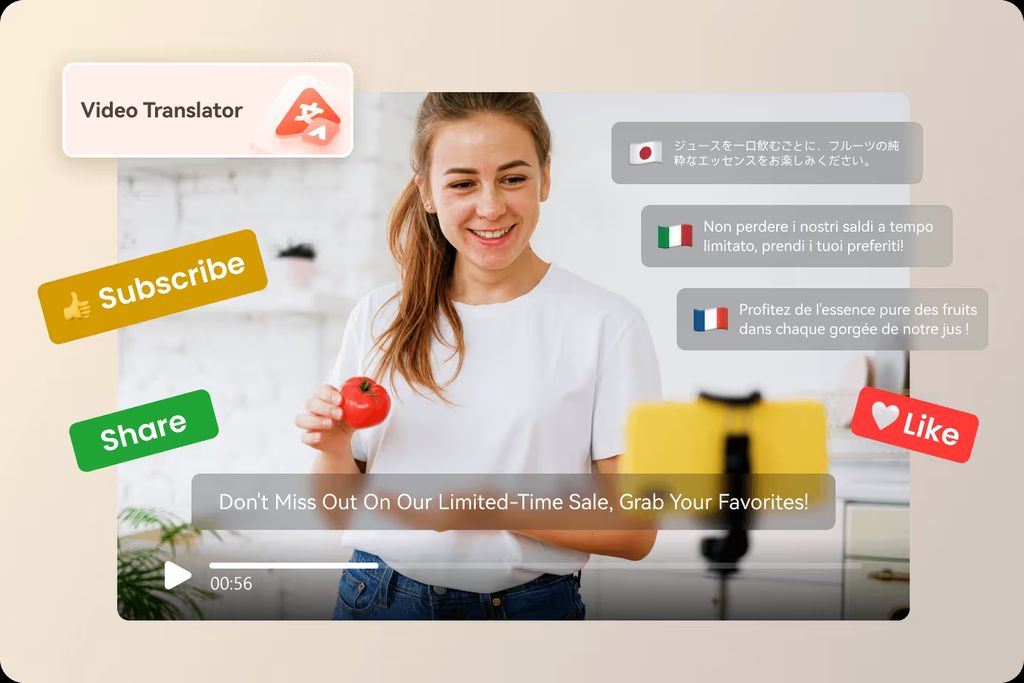
Real-time AI editing enables live video modification, including instant captioning, voice dubbing, and camera framing. This technology is vital for international conferences, product launches, and live webinars.
Technological Backbone:
- Neural speech recognition with low-latency processing
- Multilingual text-to-speech models with emotional tone control
- API integrations for Zoom, OBS, and social platforms
Advantages:
- Expands global reach through instant translation
- Keeps livestreams engaging with live subtitle and reframe tools
- Enhances accessibility for hearing-impaired viewers
Limitations:
- Accuracy can fluctuate with accents and noise
- Real-time processing still demands high compute power
Example Use:
A global tech summit uses AI translation to broadcast simultaneously in English, Mandarin, and Spanish, reaching 300% more viewers than before.
How I Evaluated These Trends and Tools
I spent two weeks testing AI video platforms across four categories:
- Speed: how quickly videos are generated
- Quality: output realism, avatar smoothness, editing accuracy
- Ease of use: UI simplicity for non-experts
- Cost vs. value: pricing transparency and scalability
Each trend listed above is based on hands-on testing with tools currently active.
The Market Landscape: Three Macro Shifts
1. Generative AI Democratizes Video Production
Barriers to entry have dropped. Anyone with a script or idea can now produce professional-grade videos without cameras or editors.
2. Ethics and Transparency Take Center Stage
With deepfake regulations tightening globally, brands are now required to disclose AI-generated visuals and maintain content authenticity.
3. Multimodal AI Becomes Standard
Text, audio, video, and images are now seamlessly integrated. Leading tools combine these inputs to generate unified cinematic outputs that match context and tone.
Expect new startups and big-tech entrants to challenge existing players, especially in real-time generation and hyper-personalized video marketing.
Final Takeaway
AI video editing is more than a productivity revolution - it’s a creative transformation.
- For speed and scalability, start with text-to-video generators.
- For human-like engagement, explore AI avatars and personalization platforms.
- For professional workflows, embrace automated editing to save time without losing quality.
But remember: the goal isn’t just efficiency. It’s about telling more stories, more authentically, and at scale. As tools continue to evolve, the most successful creators will be those who balance automation with human imagination.
FAQ: AI Video Editing
What is AI video editing?
It’s the use of artificial intelligence to automate video creation, enhance quality, and personalize content at scale.
Which industries rely most on AI video tools?
Marketing, education, media, and e-commerce sectors are leading adopters due to the need for fast, localized, and data-driven content.
Are AI avatars safe to use?
Yes, but transparency is key. Brands should disclose when videos use synthetic humans to maintain audience trust.
How does video personalization actually work?
AI systems generate variations of a base video, adjusting language, visuals, and offers dynamically for each viewer.
What’s the biggest challenge for AI video?
Balancing creativity, ethics, and authenticity — ensuring that automation enhances, rather than replaces, human expression.

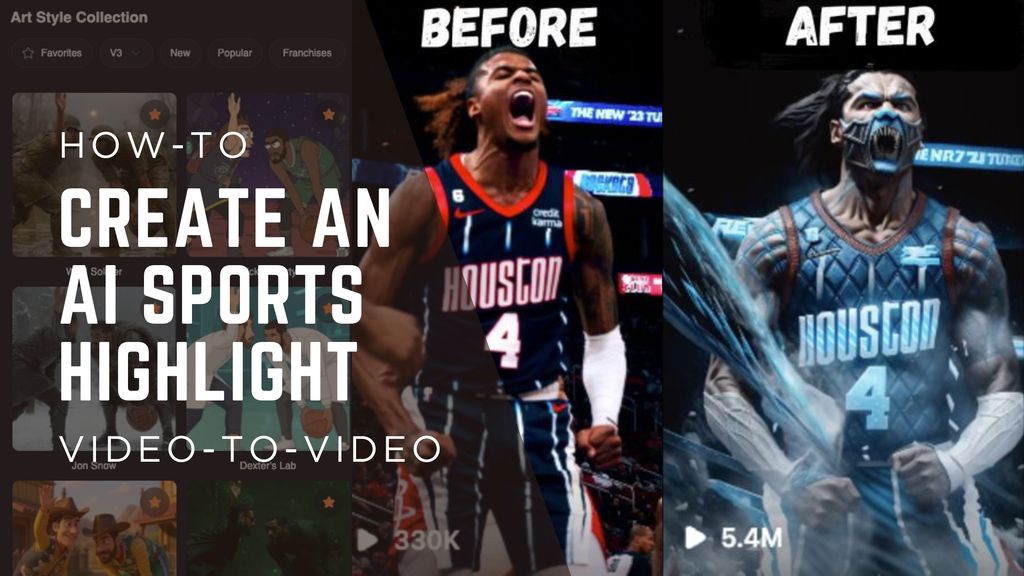
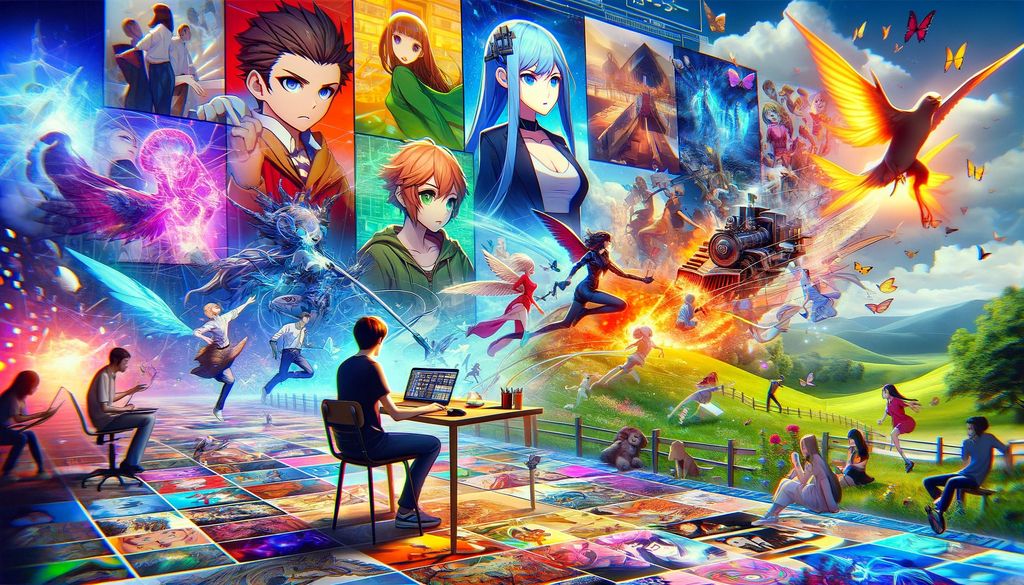
.jpg)
